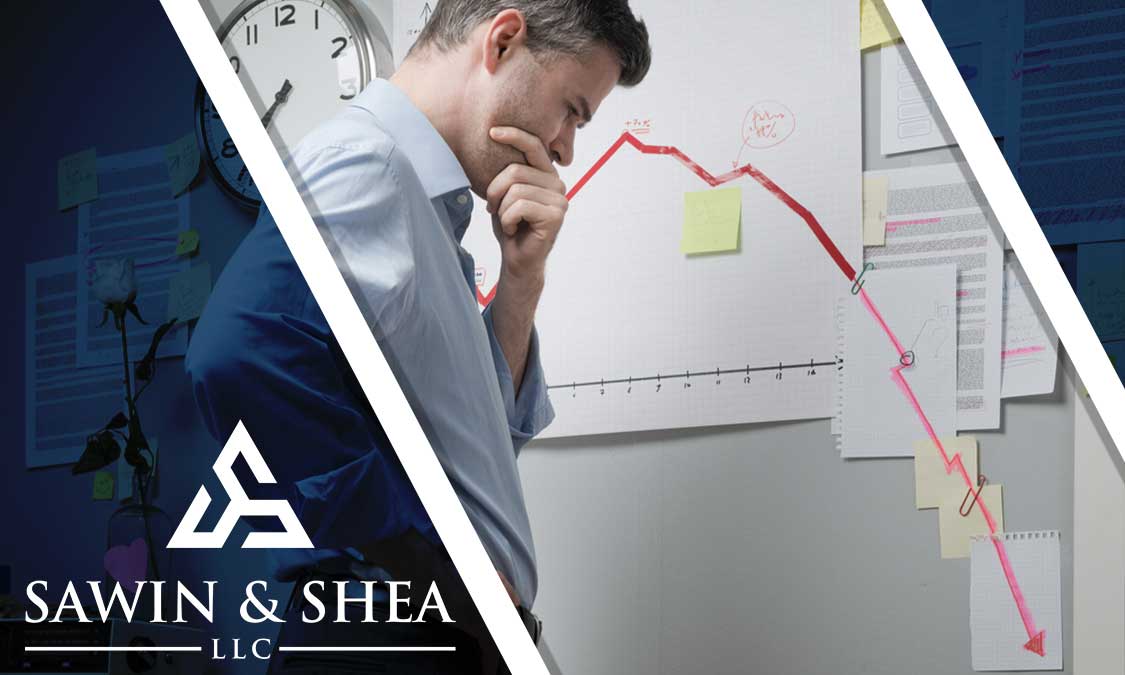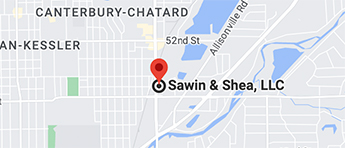If you’re stressed about your finances, you’re in good company.

A recent survey from Capital One reports that 73% of Americans name financial concerns as their number one source of stress. When it comes to financial worries, they can be many and complex: Am I making enough? How will I get under my debt? Will I be able to retire comfortably? Am I okay if an emergency happens?
If worries about debt resonate with you, again, you’re not alone. The typical American household carries an average of $101,915 of debt contributing to a staggering $17 trillion of personal debt as a nation as of the end of 2023’s first quarter.
With these kinds of figures, it isn’t surprising that we often get the question from clients: Does filing for bankruptcy eliminate debt? And we have the answer.
Bankruptcy Explained
Bankruptcy is a powerful legal process that can help individuals or businesses that are overwhelmed by debt get a fresh start and a path to rebuild.
Before you decide if bankruptcy is the best option for you, it’s important to understand the two different types of bankruptcy that are available to individuals: Chapter 7 bankruptcy and Chapter 13 bankruptcy.
Chapter 7 is also known as the “liquidation bankruptcy” because it allows individuals to liquidate all non-exempt assets to help pay off their debt. Most Debtors, however keep everything they have. If there are non-exempt assets, once these assets are liquidated and paid toward your debt, the remaining balance of your debt is completely discharged. Chapter 7 bankruptcy is usually a faster process and may be considered a “fast bankruptcy,” that immediately gets the filer out from under the weight of their debt.
Chapter 13 bankruptcy is different in that it serves as a way for individuals to reorganize their debt and create a plan to pay into a plan under the court’s protection over the course of 3-5 years. With Chapter 13, your debt would be restructured and you would make a monthly payment to a bankruptcy trustee. Once the trustee receives these funds, they then pass them on to creditors to put toward your debt. Filing Chapter 13 is most beneficial for those who want to keep any non-exempt assets they may have. It also can help people who do not qualify for a Chapter 7 and people who need to catch up on things like houses or cars.
Which Bankruptcy Clears All Debt?
The answer to this isn’t quite this straightforward. Here are the processes for each to better understand what happens to your debts and assets when you file.
If you’re looking for immediate debt relief and you’re hoping to immediately begin building back your good credit, Chapter 7 would be the best fit for you and your goals.
With Chapter 7 bankruptcy, you’ll be able to eliminate most unsecured debts, which includes:
- Credit card debt
- Medical debt
- Personal loans
- Payday loans
- Utility bills
It’s important to keep in mind, though, that Chapter 7 will not eliminate all kinds of debt. Examples of secured debt that Chapter 7 does not eliminate include:
- Student loans (unless you can prove undue hardship)
- Certain types of tax debt
- Child support or alimony
Chapter 7 can eliminate secured debts like mortgages and cars only if you surrender your interest in the collateral. To keep thing like houses and cars through a Chapter 7 you will need to reaffirm the debts on the house or car and maintain regular payments.
Unlike Chapter 7 bankruptcy, Chapter 13 allows debtors to create a repayment plan over three to five years. With Chapter 13, a wide range of debts can be included in the plan, making it a flexible solution for those facing various financial challenges. The types of debt included are similar to Chapter 7, but Chapter 13 does not only discharge debt. Chapter 13 can help debtors protect non-exempt assets that might be at risk in Chapter 7. Chapter 13 is good at helping people get caught up on things that they are behind on, and want to keep like houses and cars. If a prospective debtor is not eligible for a Chapter 7, a Chapter 13 can force creditors to take what the law requires they pay them, and then they can get a discharge at the end of the plan on the unpaid balance of most unsecured debts.
Where Do I Go From Here?
Before going in, know that filing for any type of bankruptcy can seem like an overwhelming process. However, you’ll probably find it isn’t nearly as overwhelming as the debt you’re sitting under.
That’s why it’s important to partner with the right experts who can guide you through the process from start to finish and eliminate a lot of your stress and all of your confusion. For an expert and inexpensive bankruptcy, Sawin and Shea, LLC is the firm you should turn to. With over 70 years of combined bankruptcy experience, there’s nothing we haven’t seen or experienced when it comes to bankruptcy.
If you’re stressed you’re ready to begin looking at options to get out from under your debt, contact us today for a free consultation to discuss what is best for you and your current financial situation.



